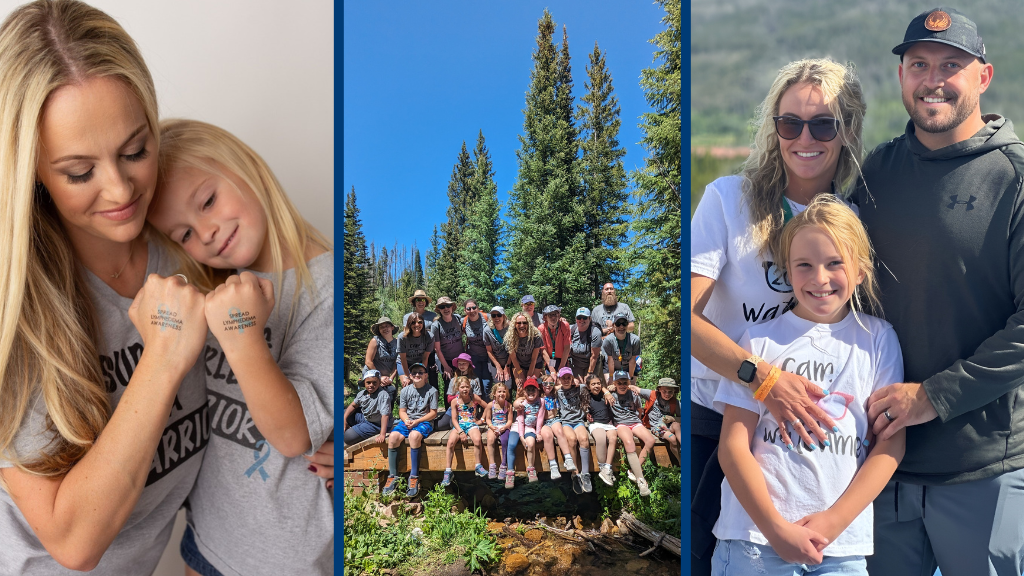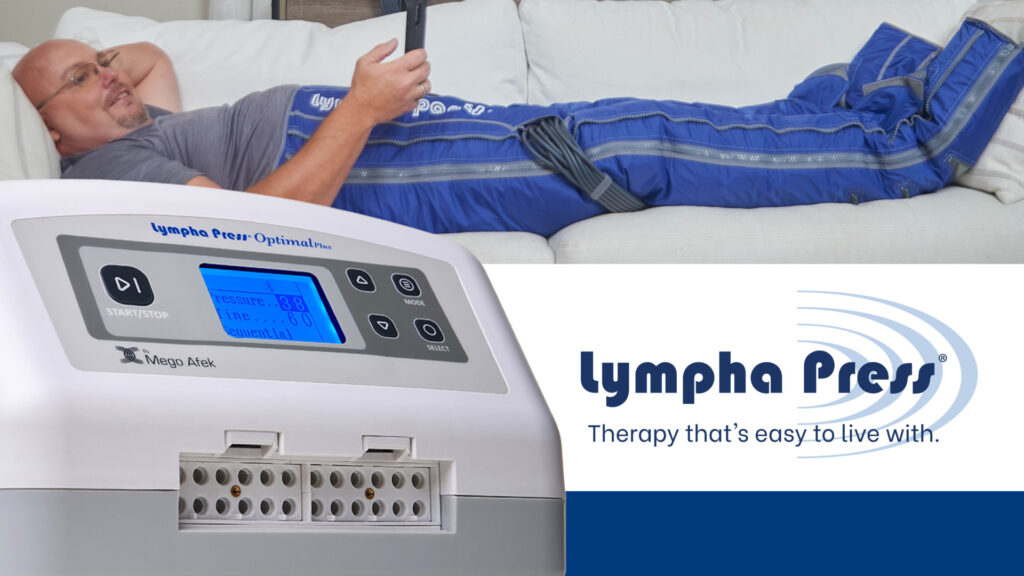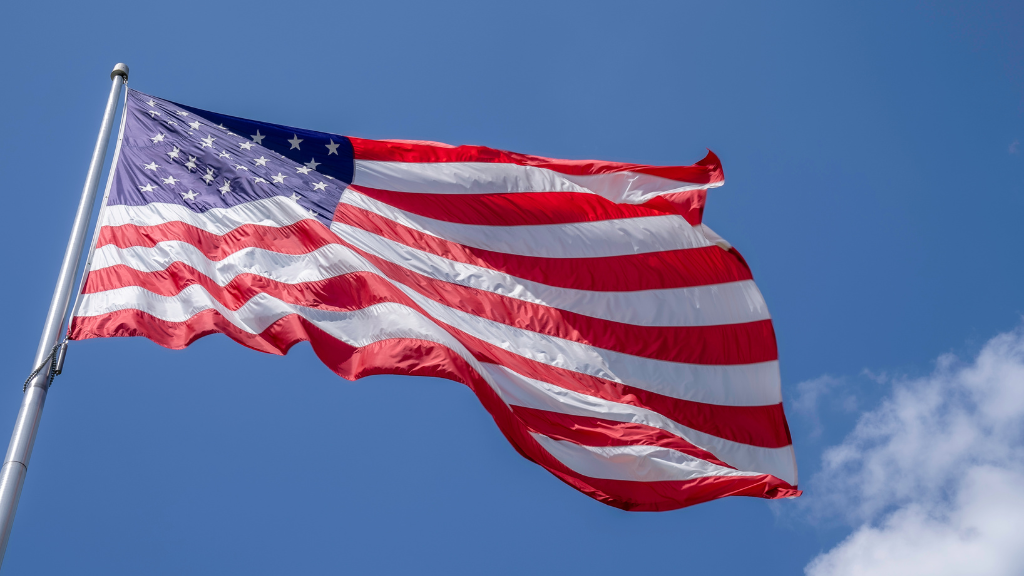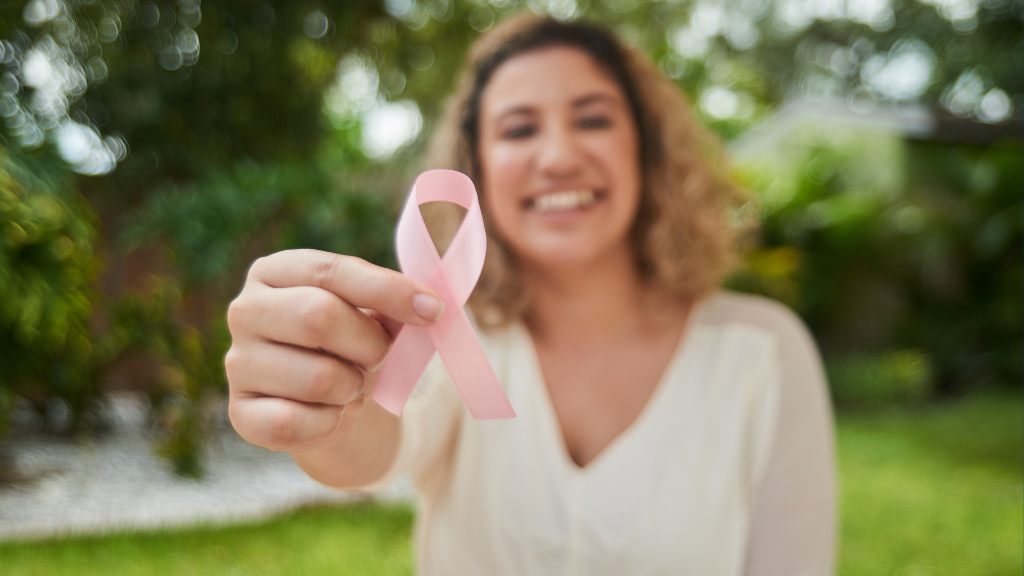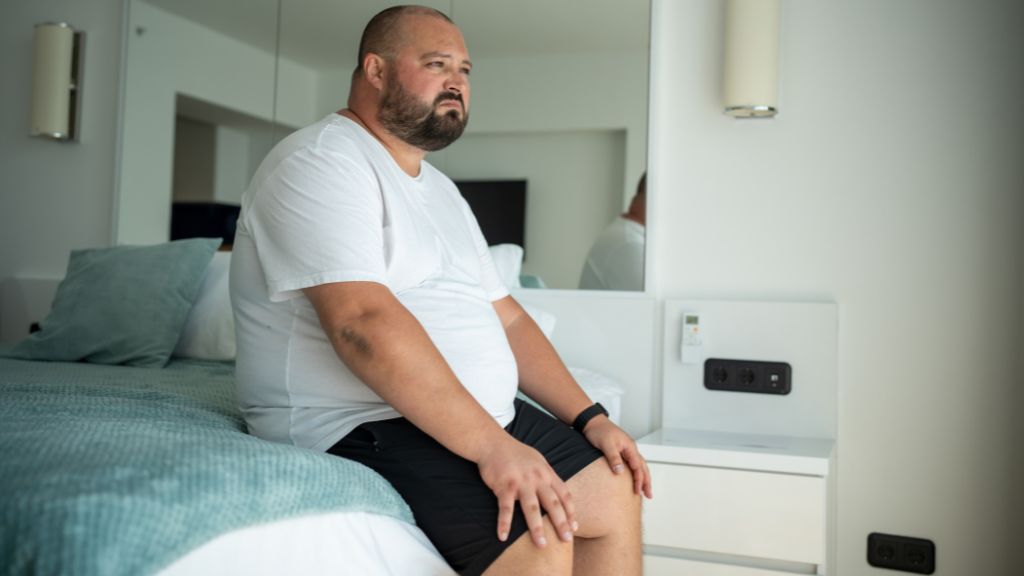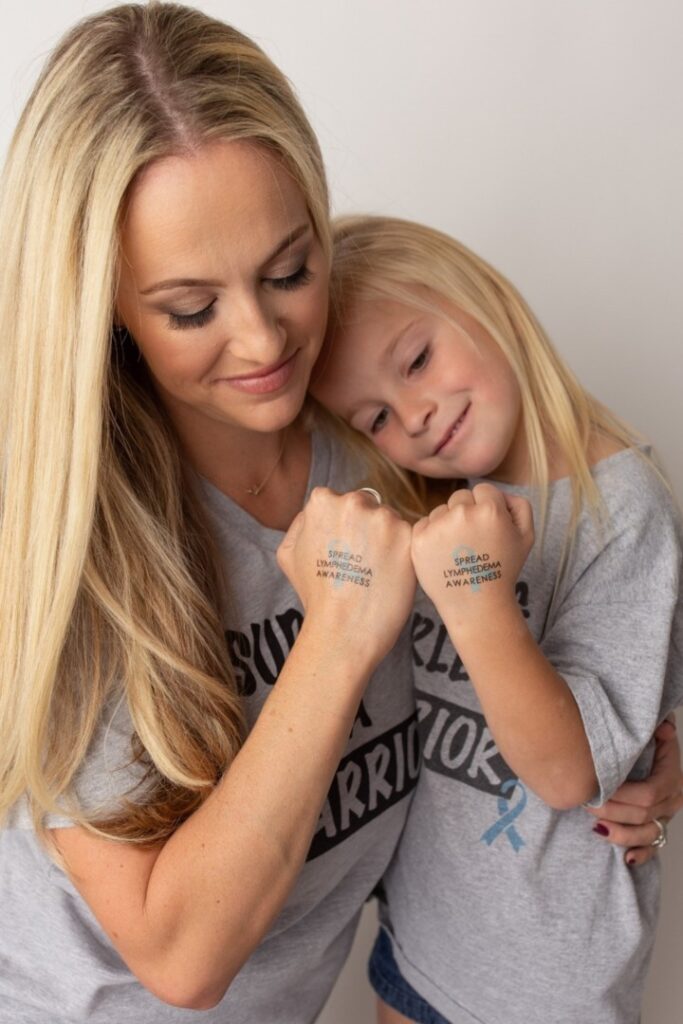
When Brittany Williams’s daughter was one month old, she noticed a puffy spot on the top of her daughter’s foot. She took Brylan to her pediatrician, but the cause of the swelling remained unknown.
Over the next several months, the swelling progressed up Brylan’s leg, and Williams became extremely concerned. Thus began her journey into understanding pediatric lymphedema, which led to a transformation in treating the condition. It also prompted the creation of a special camp for children living with lymphedema and their caregivers.
Lymphedema in Babies and Children
Babies and young children experience two different types of lymphedema:
- Primary lymphedema: Develops due to a gene mutation or an unknown problem in the development of the lymphatic system.
- Secondary lymphedema: Results from trauma or damage to the lymphatic system, such as from radiation for cancer treatment.
Lymphedema is often misdiagnosed in children and sometimes not diagnosed at all. “There’s a real lack of information about pediatric lymphedema in the medical world,” Williams says. “This gap in care can lead to serious health problems.”
Consequences of Misdiagnosis in Children
Kids who aren’t correctly diagnosed with lymphedema may not receive proper care. Williams says this can lead to lifelong physical issues, including:
- Fibrosis, a condition involving thickening of connective tissue that can be difficult to manage
- Orthopedic problems that may lead to movement difficulties
- Physical disabilities and eventually general disability
“It’s not just physical, it’s also mental and emotional,” Williams says. “From my experience and observation, the children who have a treatment plan in the earliest stage seem to have an easier time living with lymphedema.” Ideally, children receive a diagnosis and treatment plan as babies, so it becomes an accepted part of life early on.
Searching for a Diagnosis and Treatment Plan
When Brylan’s swelling worsened, Williams took her to specialists in Arizona and Chicago, but none of them could diagnose the problem. There was some relief when 11-month-old Brylan finally received an official diagnosis at Boston Children’s Hospital: infant-onset primary lymphedema.
But even with a diagnosis, providers didn’t create a treatment plan. “The care team didn’t think they could do much for Brylan due to her young age,” Williams says. “We left with no treatment guidance and were told to check back in two years.” But knowing that lymphedema is a chronic, progressive condition, Williams wasn’t satisfied with doing nothing.
“As a mom, when something is going on with your child, your job is to fix it,” she says. “I was turning to my doctors, but they couldn’t offer much help. Feeling helpless to do anything for my daughter was tough.”
Taking Charge of the Pediatric Lymphedema Care Plan
Williams decided she would figure out what to do on her own.
Williams spent hours talking with adults and teens living with lymphedema to determine how to support her daughter. She learned a lot and felt incredibly grateful for the help, but the road was challenging.
Eventually, she created Brylan’s treatment plan herself, which included the use of proper pediatric compression garments.
Pediatric Lymphedema Compression Garment Challenges
Compression garments for children present unique challenges. The first compression garments she found for Brylan weren’t even the correct type. They were for burn victims, not lymphedema patients.
But Williams didn’t give up.
“Many adults can use off-the-shelf garments, but with kids, everything has to be customized,” Williams says. “Babies and young children with lymphedema move differently than adults, so all garments have to be fitted.”
Children’s quick growth and body changes make it difficult to keep them in garments that fit correctly. To make matters worse, very few garment fitters know how to do fittings for children. Many manufacturers don’t want to make kids’ garments due to the high volume of remakes. Add insurance delays on top of that, and by the time the custom garments arrive, the child may have already outgrown them.
Brylan’s Feat Foundation Is Born
By immersing herself in the lymphedema community, Williams was able to source the necessary garments for Brylan. However, the garments were costly, and she realized many parents would need help paying for them. Wanting to give back, she started Brylan’s Feat Foundation (BFF). This non-profit established a compression garment fund for children in the United States, but it quickly transitioned into an international resource. BFF’s mission is to assist in providing necessary treatment to pediatric lymphedema patients, raise awareness, and promote education.
As the foundation grew and thrived, Williams created another organization: the Pediatric Lymphedema Alliance, LLC (PLA). The PLA is a for-profit that serves as an education and treatment resource for the pediatric community. PLA sells bandaging kits customized for children’s age and severity. It also provides continuing education courses for clinicians and education for parents and caregivers.
Camp Watchme: So Much More Than a Summer Camp
But Williams’ work didn’t stop there. Along with her business partner, she ambitiously set out to create a summer camp for children living with lymphedema: Camp Watchme. “This camp is the most magical place,” she says. “It allows kids to come and have a quintessential summer camp experience while learning about lymphedema and how to take care of themselves properly.”
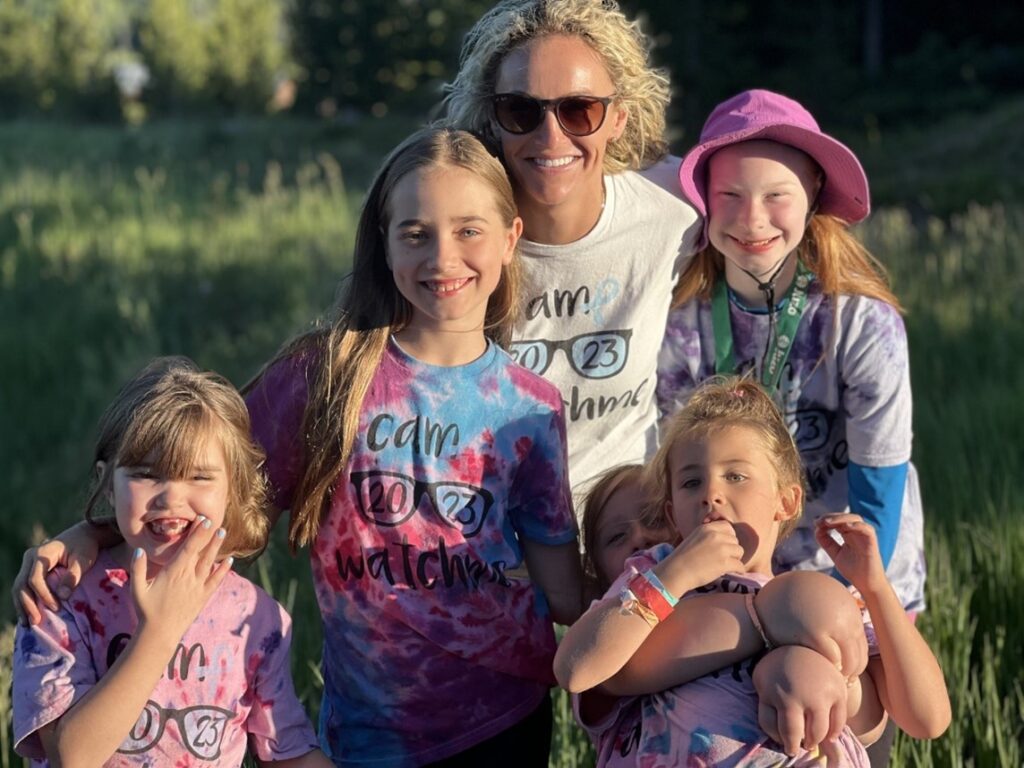
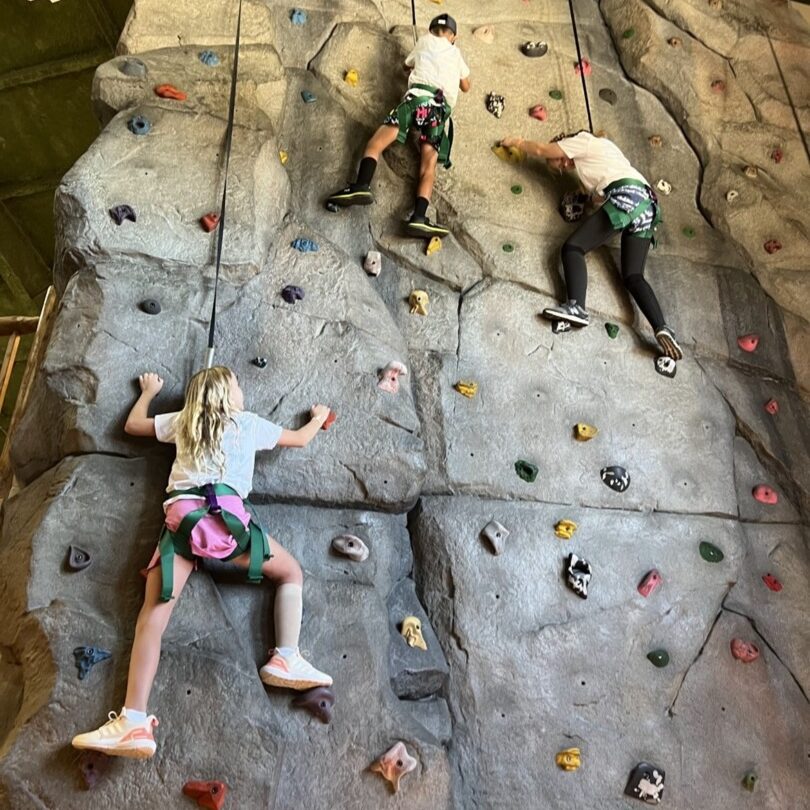
“It’s a lot to have a child who needs extra attention, love, and care,” Williams says. So, Camp Watchme also invites a parent or caregiver to attend with every child. Caregivers get education and support, and children with lymphedema form lifelong friendships with other kids like them.
Williams also invites certified lymphedema therapists (CLT) to Camp Watchme. Most CLTs aren’t trained or comfortable performing manual lymphatic drainage (MLD)—a crucial treatment for lymphedema—on kids. “The camp accepts any CLT who wants to attend. Therapists get to see other therapists’ techniques, which benefits everyone at camp. It also allows therapists to take home the knowledge they need to confidently treat children living with lymphedema.”
Brylan and Brittany’s Worldwide Impact on Pediatric Lymphedema
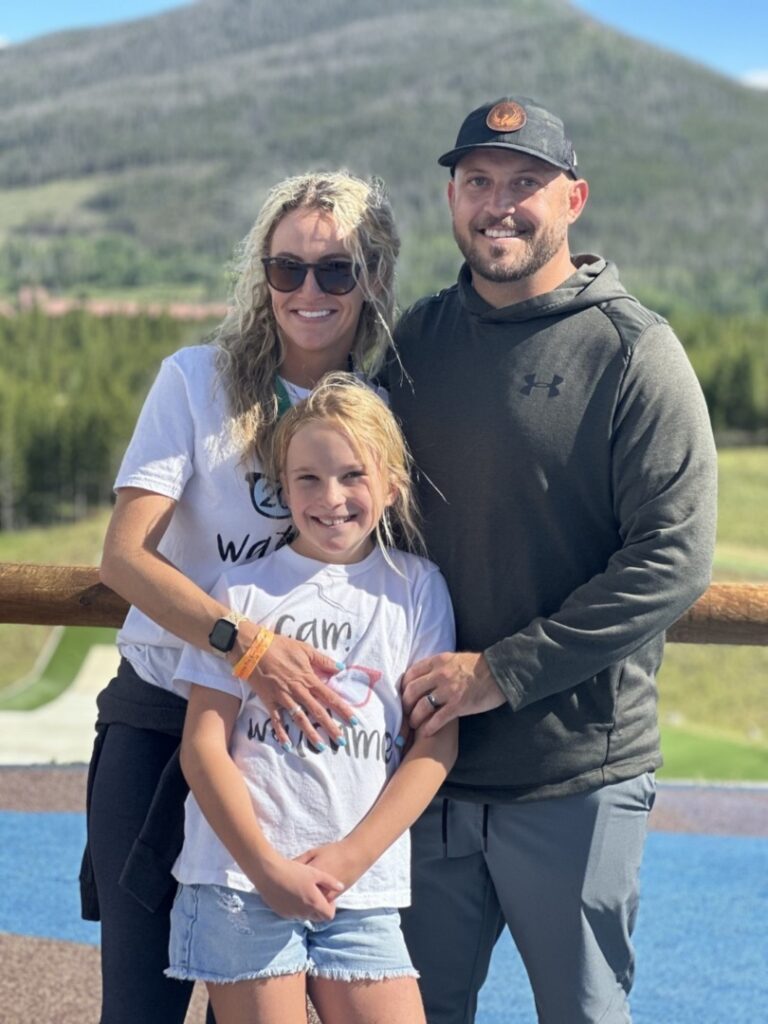
Williams’s organizations and camp are the only ones in North America focusing on pediatric lymphedema, and they continue to grow. “I started out just wanting to be a stay-at-home mom, but I can’t imagine not doing this work,” Williams says. “Everything happens for a reason.”
And how is Brylan doing? She’s had a couple of bouts of cellulitis in the past few years and underwent surgery to lower her risk of infection. But otherwise, she’s thriving.
“Even on her hard days, she fights,” Williams says of her daughter. “She’s one of the bravest kids I know and doing amazing.”
Watch the Pediatric Lymphedema: Cases, Bandaging, and Imaging webinar to learn more about treating lymphedema in children.
Images provided by Brittany Williams.
